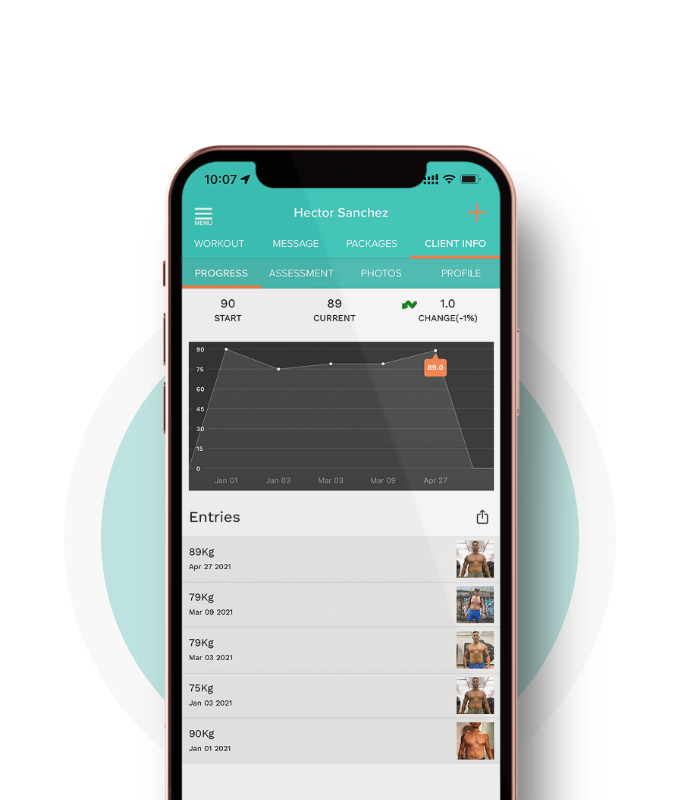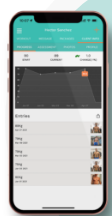The ‘Anti-Hunger’ Molecule: How Physical Activity Regulates Appetite, and What You Can Do to Exercise Better
Although exercise is known to burn calories and control glucose,
researchers have found another way that it may contribute to weight loss.
Recently, scientists from Stanford Medicine, Baylor University, and several
other institutions discovered an 'anti-hunger'
molecule. This compound is a hybrid of naturally-occurring acids in the
body called lactate and phenylalanine, nicknamed lac-phe by researchers.
After an intense workout, your body produces this amino acid. In turn,
lac-phe reduces your appetite — so when you don't feel like
eating after exercising, you have this molecule to thank.
When sustained in the long-term, lac-phe production triggered by physical
activity can help you maintain a healthy weight and reduce the risk of
obesity. But to reap the benefits of this anti-hunger molecule,
you’ll need to exercise consistently. Here are some ways you can do
just that.
Set achievable goals
One of the biggest pitfalls to exercise is inconsistency. Once you start
making excuses to skip workouts on certain days or under certain
conditions, you are less motivated to keep up with regular exercise. One
proven way to achieve natural weight loss and maintain consistency in your
efforts is by setting specific goals. It isn't wise to set a weight
target - your body may work against you and demotivate you in your quest.
That's because of set
point weight, a theory that your body has a preferred weight and will
fight hard to maintain that weight once you hit it. Everyone's set
point weight is different, so you may set a goal with a friend that they
reach, but you struggle to achieve it.
Instead, set exercise goals or shape goals. For instance, you could target
walking or running for 15 minutes a day instead of working out for 2 hours
every other day. As your body adjusts, you can gradually increase to
greater frequencies for longer periods, helping you overcome the pressure
associated with working out and sustaining exercise long-term. You might
avoid the scales altogether and pick a tight pair of jeans you wish to fit
more comfortably into. A 2016 study cited by registered dietitian Angela
Goscilo shows that those who set achievable goals for weight loss were more
likely to achieve a 10% reduction in their weight after a year, so you
should definitely try this tip out and get yourself moving.
Pick a workout you enjoy
Although there are benefits to intense cardio or heavy lifting, you
don't need to restrict yourself to those exercises. Choosing a workout
you personally enjoy is much more important than following the regimes
others swear by. If you enjoy swimming, dancing, or boxing more, pursuing
them as hobbies can motivate you to move continuously. Even if you lack
cardio or strength training, you can complement your favored activities
with other exercises. For instance, if you enjoy biking, you can designate
certain days in the week for short weight training sessions. This ensures
that you build muscles as you burn calories. In the long run, this kind of
holistic and enjoyable training for your body can help you maintain regular
exercise schedules with ease.
Fuel your workout with the right nutrients
Though triggering lac-phe production by working out reduces your appetite,
you still need to fuel said workouts with the proper
nutrients. The best nutrients for a physically
active life include carbohydrates for energy, fiber to help you
feel full longer, and protein to replenish your muscles. As such, you can
eat foods like bananas or whole-grain cereals to fuel your workouts.
Afterward, have grilled chicken or black bean burgers to help repair
muscles and generate new blood cells. Lastly, build your meals around
fruits or vegetables: the fiber in these foods keeps you full for longer so
that you fill your body with nutritious instead of unnecessary calories. By
focusing on nutrition, you’ll exercise better while more effectively
encouraging the regular production of lac-phe.
To fully reap the benefits of lac-phe, you need to exercise regularly. Try
these tips to approach physical activities with ease and enthusiasm —
and ultimately achieve healthy and long-term weight maintenance.




